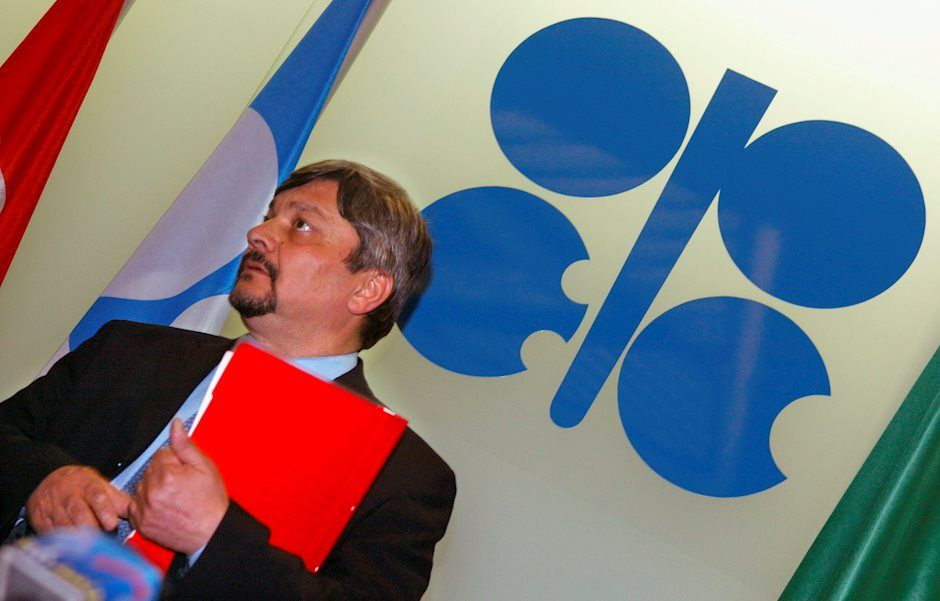WTI trades with negative bias around $77.00, snaps three-day winning streak to multi-month top
- WTI retreats from over a three-month high, though the downside seems cushioned.
- US sanctions on Russia fuel worries about tightening global supply and lend support.
- The recent breakout through the very important 200-day SMA favors bullish traders.

West Texas Intermediate (WTI) US Crude Oil prices edge lower on Tuesday and for now, seem to have snapped a three-day winning streak to the highest level since October 8 touched the previous day. The commodity trades with a negative bias around the $77.00 mark during the early part of the European session, though the fundamental backdrop warrants some caution before positioning for deeper losses.
The US Treasury Department on Friday imposed tougher sanctions against Russia's oil industry, targeting nearly 200 vessels of the so-called shadow fleet of tankers. The latest development threatens to tighten global supplies. Adding to this, speculations that US President-elect Donald Trump's administration may tighten sanctions against flows from Iran in the coming months should continue to support Oil prices and validate the positive outlook for the commodity.
Meanwhile, the incoming US macro data pointed to a resilient economy. Furthermore, expectations that Trump's expansionary policies will boost fuel demand support prospects for a further appreciating move for Crude Oil prices. Apart from this, the ongoing US Dollar (USD) profit-taking slide, prompted by retreating US Treasury bond yields and easing fears about Trump's disruptive trade tariffs, suggests that the path of least resistance for the black liquid is to the upside.
Even from a technical perspective, last Friday's breakout and acceptance above the very important 20-day Simple Moving Average (SMA) adds credence to the constructive outlook. Hence, any subsequent slide could be seen as a buying opportunity and is more likely to remain cushioned. Traders now look forward to the release of the US Producer Price Index (PPI), which will influence the USD and provide some meaningful impetus to USD-denominated Crude Oil prices.
WTI Oil FAQs
WTI Oil is a type of Crude Oil sold on international markets. The WTI stands for West Texas Intermediate, one of three major types including Brent and Dubai Crude. WTI is also referred to as “light” and “sweet” because of its relatively low gravity and sulfur content respectively. It is considered a high quality Oil that is easily refined. It is sourced in the United States and distributed via the Cushing hub, which is considered “The Pipeline Crossroads of the World”. It is a benchmark for the Oil market and WTI price is frequently quoted in the media.
Like all assets, supply and demand are the key drivers of WTI Oil price. As such, global growth can be a driver of increased demand and vice versa for weak global growth. Political instability, wars, and sanctions can disrupt supply and impact prices. The decisions of OPEC, a group of major Oil-producing countries, is another key driver of price. The value of the US Dollar influences the price of WTI Crude Oil, since Oil is predominantly traded in US Dollars, thus a weaker US Dollar can make Oil more affordable and vice versa.
The weekly Oil inventory reports published by the American Petroleum Institute (API) and the Energy Information Agency (EIA) impact the price of WTI Oil. Changes in inventories reflect fluctuating supply and demand. If the data shows a drop in inventories it can indicate increased demand, pushing up Oil price. Higher inventories can reflect increased supply, pushing down prices. API’s report is published every Tuesday and EIA’s the day after. Their results are usually similar, falling within 1% of each other 75% of the time. The EIA data is considered more reliable, since it is a government agency.
OPEC (Organization of the Petroleum Exporting Countries) is a group of 12 Oil-producing nations who collectively decide production quotas for member countries at twice-yearly meetings. Their decisions often impact WTI Oil prices. When OPEC decides to lower quotas, it can tighten supply, pushing up Oil prices. When OPEC increases production, it has the opposite effect. OPEC+ refers to an expanded group that includes ten extra non-OPEC members, the most notable of which is Russia.
Author

Haresh Menghani
FXStreet
Haresh Menghani is a detail-oriented professional with 10+ years of extensive experience in analysing the global financial markets.

















